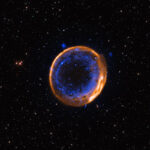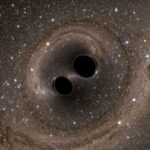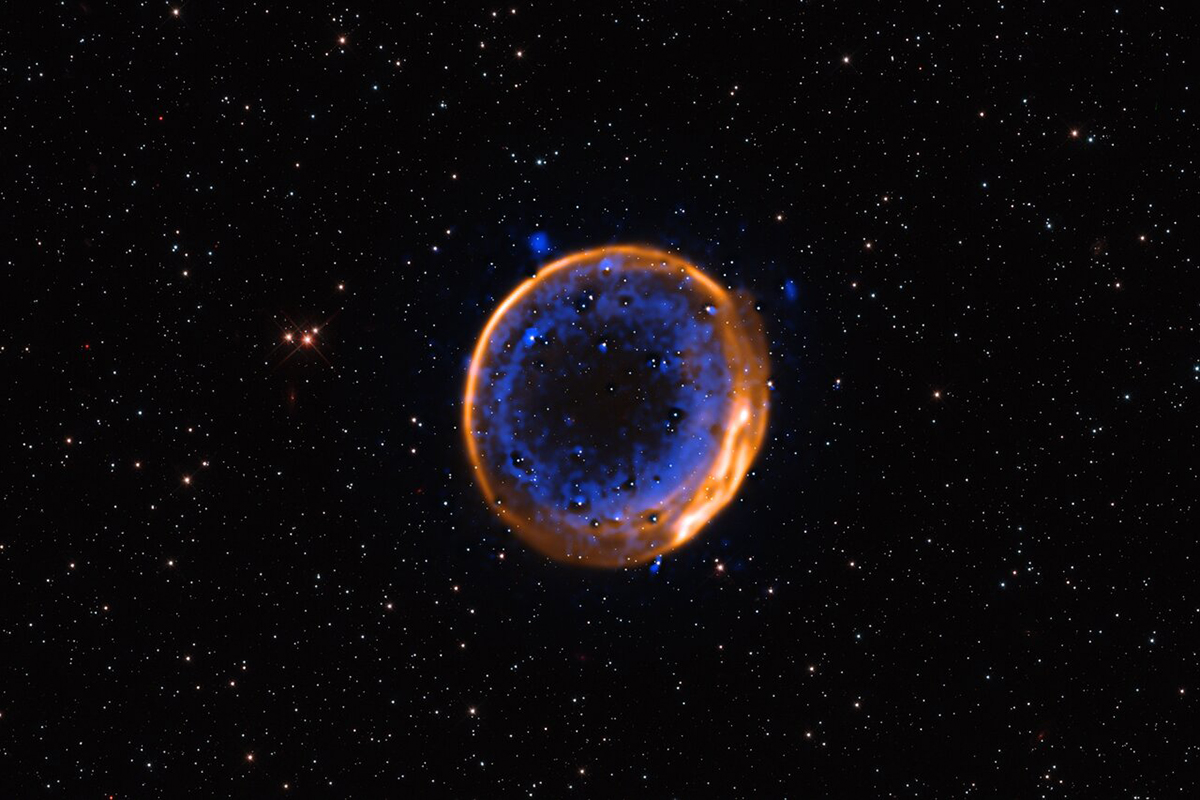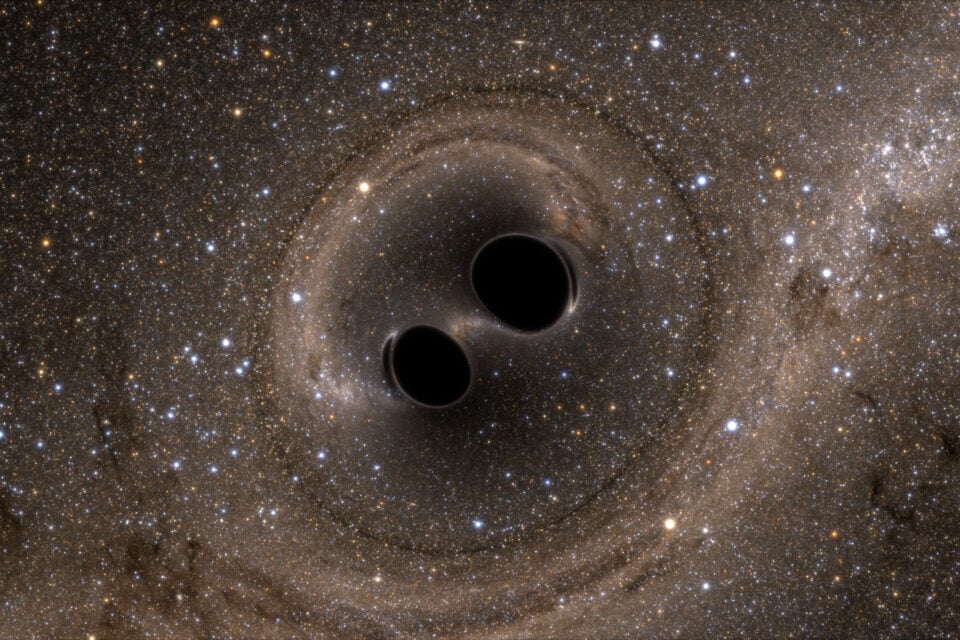In a groundbreaking astronomical discovery, scientists have captured the first direct image of a star undergoing not one—but two—violent explosions in a spectacular cosmic finale.
The star’s remains, found in the Large Magellanic Cloud (a satellite galaxy of the Milky Way), reveal a rare and theorized phenomenon known as a double-detonation supernova. This marks the first time astronomers have visually confirmed this explosive event, providing new insight into how certain stars meet their end and how essential cosmic elements are formed.
The Star That Blew Up Twice
Using the Very Large Telescope (VLT) in Chile, equipped with the powerful MUSE spectrograph, researchers focused on a supernova remnant named SNR 0509–67.5, estimated to be around 300 years old.
What they found was astonishing: the debris formed two distinct shells—an inner and outer ring—hinting at two separate detonation events. This unusual formation is the first direct evidence of a white dwarf star detonating twice in rapid succession.
“This is the smoking gun we’ve been searching for,” said Priyam Das, lead researcher from the University of New South Wales. “It’s visual proof of a stellar explosion model that’s been purely theoretical until now.”
The Double-Detonation Process Explained
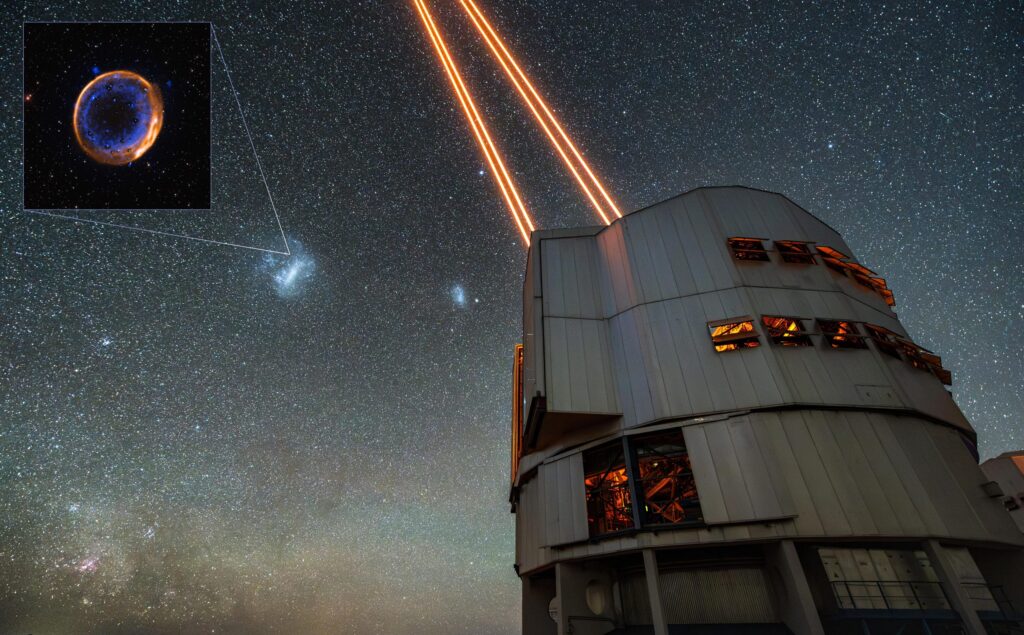
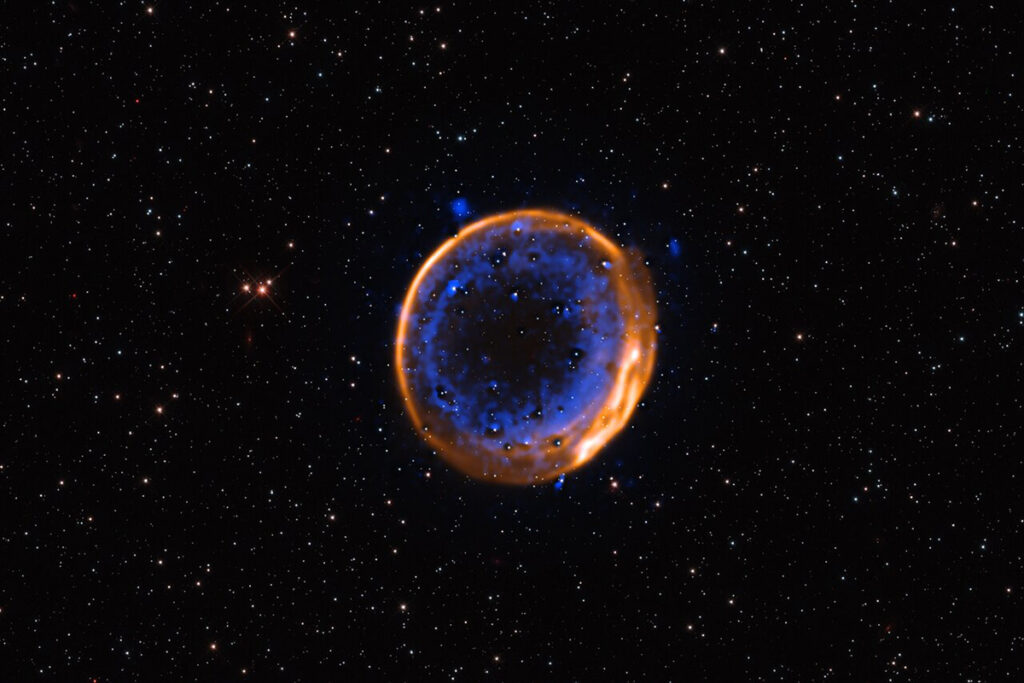
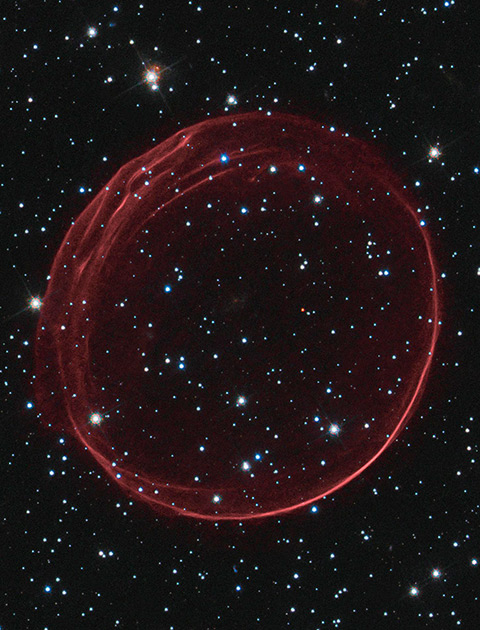
The star in question was a white dwarf—the collapsed, dense core left behind after a star like our Sun exhausts its fuel. In some binary systems, white dwarfs siphon helium from a nearby companion star.
- First Detonation: The stolen helium accumulates on the surface and ignites, creating an outer explosion.
- Second Detonation: That surface blast sends a shockwave inward, causing the white dwarf’s carbon-rich core to detonate. The result is a full-blown Type Ia supernova, an incredibly bright event visible across galaxies.
What makes this discovery unique is that it confirms the star exploded before reaching the Chandrasekhar limit (around 1.4 times the mass of the Sun)—challenging long-held beliefs about how Type Ia supernovae form.
Why It Matters
Type Ia supernovae play a crucial role in modern astronomy. They’re considered “standard candles”—used to measure vast distances and map the expansion of the universe. Any new understanding of how they occur could refine measurements that impact our understanding of cosmic history and the nature of dark energy.
These explosive events also forge and spread essential elements such as calcium, iron, and sulfur—some of which end up in our bones, blood, and even the Earth’s crust.
“This one explosion—and its double nature—helps us understand not just how stars die, but also how they shape the universe around us,” said Ivo Seitenzahl, co-author of the study.
A Snapshot of the Final Moments
The study, published in Nature Astronomy, opens the door for further investigation into the life cycle of stars and the multiple paths that lead to their ultimate destruction. It also proves that with the right instruments and a little luck, even the violent end of a star can be captured in exquisite detail.
For astronomers and astrophysicists, this cosmic double-tap is a reminder that the universe still holds many secrets—just waiting to explode into view.




